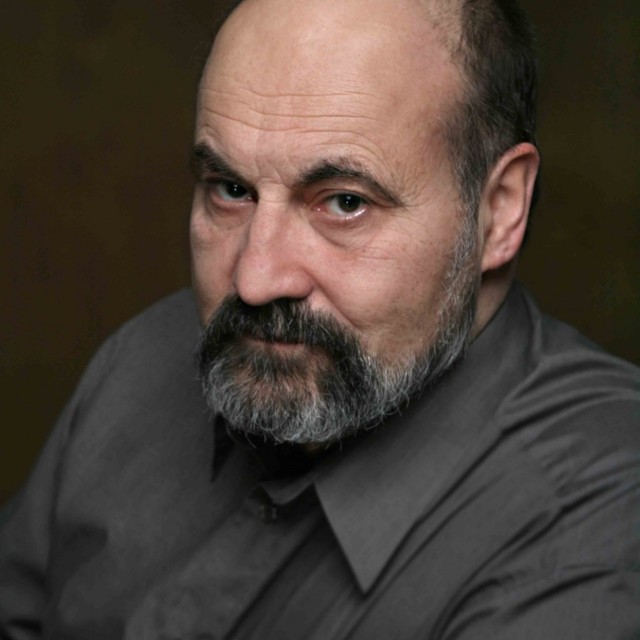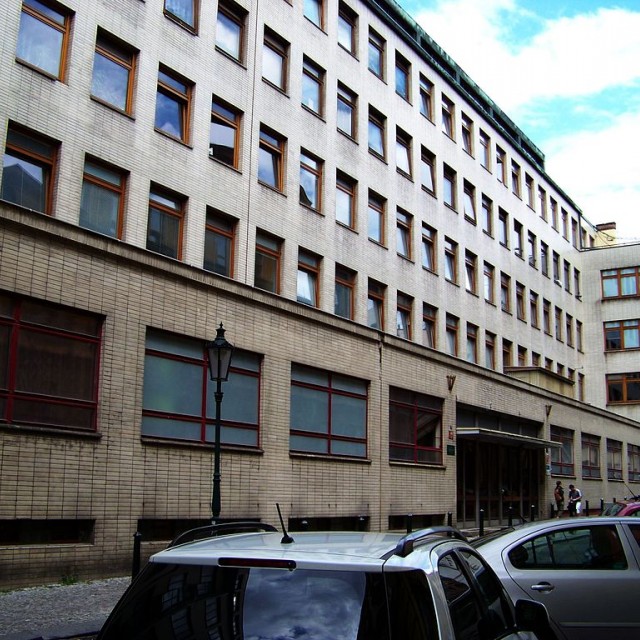Training in Internal Freedom
Also Tomáš Halík was put through series of interrogations for his contacts with dissidents and as he says, luckily he was not tortured. The StB (State Security) exerted psychological pressure on him which, according to his words, was a big experience for him. “I had a feeling that I am under such an X-ray that precisely records my weaknesses and desires: ‛I am sure you would like to lecture on university. We may arrange it. I am sure you would like to travel again, that is not a problem. Sign it here.’ Or the other way round: ‛You know, you have such an old mother, maybe if you could not take care of her it would be difficult.’ It was such training in internal freedom.” Commonly the StB was looking into the lives of each investigated person, for compromising facts that they subsequently used for extortion and intimidation. “They revealed me that they were looking into my life, but they did not find anything compromising. It seemed to me that it commanded a kind of respect in some of them.” Paradoxically the StB never found out that Tomáš Halík is a secretly ordained priest.
Hodnocení
Hodnotilo 0 lidí
Trasy
Příběh není součastí žádné trasy.
Komentáře
Žádné komentáře k příběhu.










